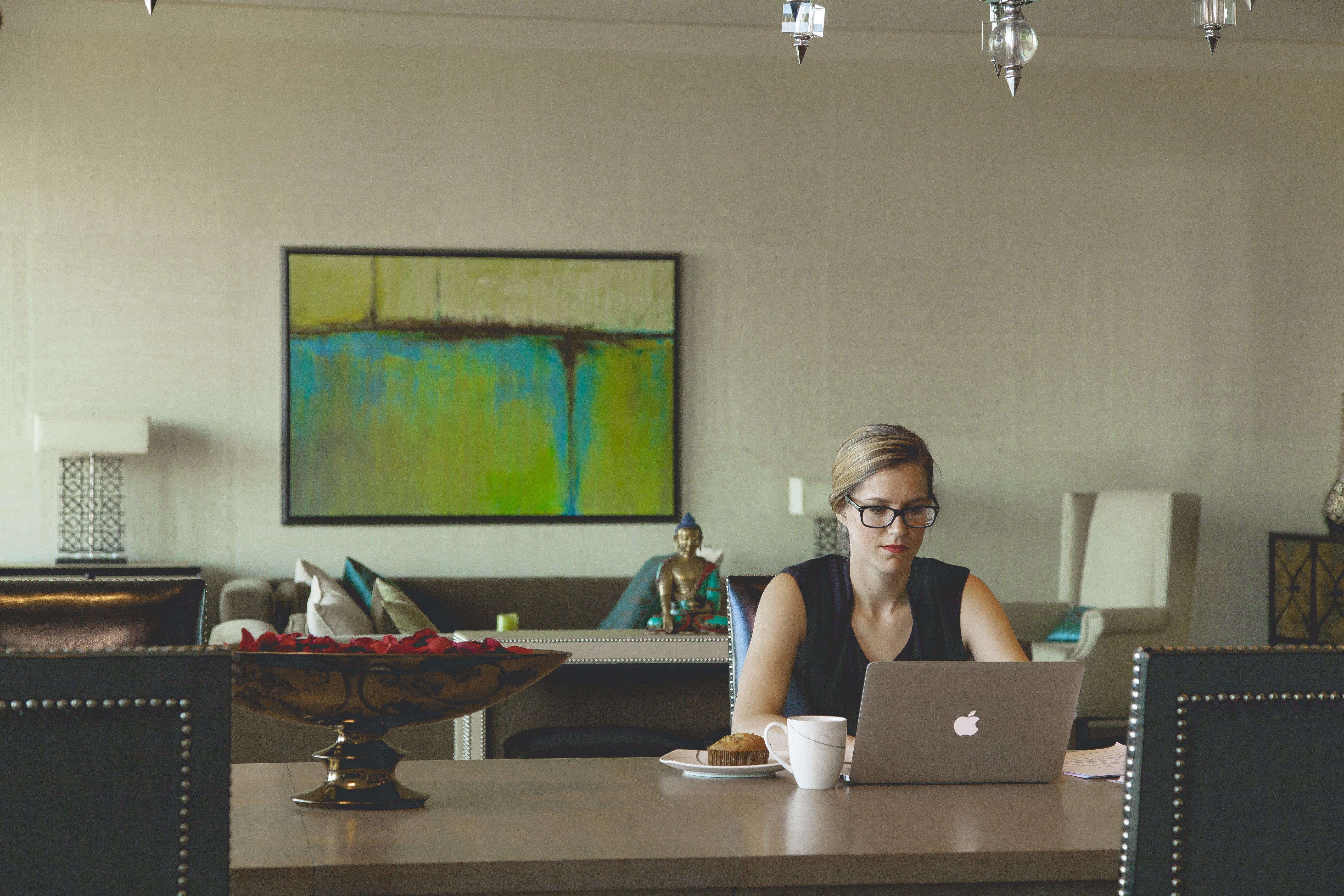

The design of everyday things is something that we tend to take for granted. Some things are intuitively easy to understand and use, and some things are incomprehensible.
On the baffling side, think of all the multi-button remote controls that everybody has on their coffee table to navigate their TV. You go into anyone’s house, and they have three or four of these things lined up. I know of no one who knows how to use them all. We touch a few buttons, and the rest remains an occult mystery.

When things work well, they often go unnoticed and unappreciated. But it takes design insight and understanding to make that happen. Industrial designers are unsung heroes.
I’m a big fan of design and love to surround myself with items that look great, feel great, and work superiorly. Good design is all about contributing to daily delight and reducing friction and hassle.

Good useable design merges elements of Aesthetics and Ergonomics.
Aesthetics relates to how attractive and appealing a product looks, and ergonomics is how well a product feels when used or held.
Some of the things I appreciate are for their superficial surface aesthetic. Others are for the ergonomic feel and comfort.
It can be clothes, kitchenware, cars, computers, sports equipment.

Design thinking has become a discipline in its own right and is baked into Silicon Valley startup culture. Design thinking refers to the processes by which design concepts are developed.
There are five critical steps to the Design Thinking process: Empathize, Define, Ideate, Prototype, and Test. Developing products is a process of iterating between the five steps. It’s not a linear process as one loops back and refines features over and over.
Design is a competitive advantage in business. Think of successful companies like Nike and Apple. The fit, finish, and performance of their products is superb.
There is a category of design that impresses me, and that is where an innovative design increases the functionality or efficiency of a device or process. These innovations are the realm of industrial design.
Form and function
Form follows function is a principle that bases the shape (form) something takes on its intended purpose and function. It applies to architecture, engineering, and industrial design.
The key to successful product design is understanding the end-user customer.
Design and form can make a product work better.

Examples in design
Product design is the process of imagining and creating products that solve users’ problems or address specific needs in a given market. The key to successful product design is understanding the person for whom the product is being created.
Here are some innovative examples of product design that have blown my mind.
Wheels on Luggage

In 1987 Robert Plath, a Northwest Airlines 747 pilot and home workshop tinkerer, fixed two wheels and a handle to a suitcase. This suitcase that rolled upright was his invention called the Rollaboard.
It is hard to believe that before the late 80s, we all carried our suitcase.
Airplane Wingtips bent up for stability

Winglets reduce wingtip turbulence in flight. Twin tornados are formed by the difference between the pressure on the upper surface of an airplane’s wing and the lower surface. Those bent up wings reduce this friction for added stability and reduced fuel consumption.
Winglets on a typical Boeing 737 airplane saves about 100,000 gallons of fuel each year. The technology offers between 4- and 6-percent fuel savings. That is design efficiency.
Thumbholes in exercise clothes

Chuck Mellon ripped a hole in his sweatshirt sleeve when he fell of his motorcycle. He stuck his thumb through the hole and invented a business.
He put in his thumb,. And pulled out a plum,. And said, “What a good boy am I!”
Little Jack Horner
Thumbholes are an instant solution that prevents any clothing gaps. Many people remember making thumb holes in their school jumpers or sweatshirts, usually because they’d worn thin with use but also because sleeves were pulled down over hands to keep them warm. Readymade thumb holes are far neater than making your own!
Parabolic Snow Skis

1990: Olin engineer Frank Meatto started designing skis with radical sidecut — essentially giving skis an hourglass-like shape — in the 1980s. By 1990, Elan trademarked the term “parabolic” with the release of their SideCut eXtreme, or SCX, the first shaped skis designed to making carving easier.
Compared to traditional skis, the shape of parabolic skis provides much more edge to make contact with the snow. As such, they’re easier to control with less exertion, which makes the sport so much more effortless.
Mobius Strip industrial belts on machines

The Mobius strip has unusual properties. A bug crawling along the centerline of the loop would go around twice before coming back to its starting point.
Configuring industrial belts in a mobius configuration doubles the lifetime of industrial belts on machines. It is like giving equal wear on both sides of a conventional belt drive.
Dog ball thrower stick


An inventor from San Francisco invented a device that provides a dog owner with a means to entertain and exercise his pet. It is based on the ancient javelin lever.
Take a moment during your day to appreciate the things you use that work well and are intuitive to operate. And thank a designer for their thoughtful effort.
Receive my 7 day email course
Take your finance skills to the next level with my 7-day corporate finance email course. You'll learn all the essential topics from financial analysis to risk management in a fun, engaging format. Each day, you'll receive an email with practical examples, exercises and resources. Perfect for aspiring finance pros or anyone looking to expand their knowledge. Get ready to transform your finance game!
If you like this article. Here are some more articles I think you might like.

The Road to Becoming a Unicorn: A Quick Guide to Startup Funding Rounds

Oh Behave! Behavioral Economics: Why we do what we do.




